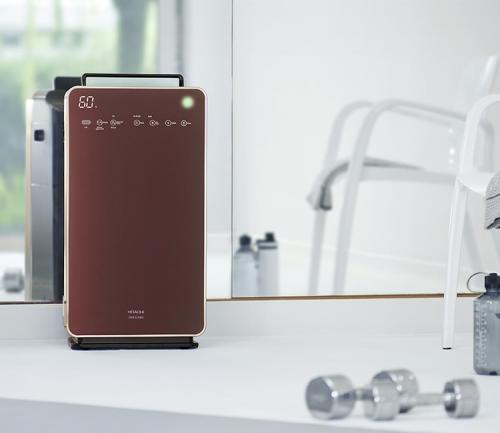What is HEPA Filter?

The promise of an air purifier is
tempting: a device that purifies the air in your home by removing all
contaminants, including odors, smoke, dust, and pet dander. Given the fact that
indoor air can contain up to five times higher levels of certain pollutants
than outdoor air, we understand that. Some models can even target bad air
seeping into your apartment or house, especially if you live in an area hit by
pollution or natural disasters.
HEPA stands for High Efficiency
Particulate Air. HEPA filter purifiers filter
particles of different sizes in a multilayer network, usually made of very fine
strands of glass fibers (much thinner than a human hair!) with different slit
sizes. The filter is airtight and consists of thick sheets of small fibers,
folded and sealed in a metal or plastic frame.
The air purifier fan draws air
into the filter and particles are trapped in the filter. Larger particles
(larger than the fiber) are captured by collision (particles are pushed into
the fiber), medium-sized particles are caught by capture (particles touch the
fiber and are captured), and ultrafine particles are captured by diffusion
(while the inner zigzag particles will eventually hit the fiber). and sticks).
What should you pay attention
to with an air purifier?
CADR (fresh air delivery rate)
assessment. It measures the cleaning speed of the air purifier to remove smoke,
dust and pollen. Look for a minimum CADR of 300, over 350 is really great.
Size information. For proper
efficiency, you need a model designed for the size of the room. If you want to
use it at a lower, quieter setting, choose a model designed to cover a larger
area than you'd like. Read More : Why Households Need Air Purifiers in India
AHAM (Association of Home
Appliances Manufacturers) A proven brand. The AHAM standards are designed to
ensure the safety, efficiency and effectiveness of many household appliances,
including air purifiers. The standard is intended to create an understanding
between producers and consumers to facilitate the buying process. Although
voluntary, most of the leading air purifiers have passed this certification
program, which often includes CADR assessment and metrics guidelines.
real HEPA. Genuine HEPA filters
effectively remove ultra-fine particles (note: dust, debris, pollen, mold and
other common household allergens). The industry standard for this is that the
device must be capable of removing at least 99.97% of particles 0.3 micron in
diameter in a laboratory setting. Keep in mind that the actual efficiency of
these devices will be much lower in real-world conditions as new pollutants continue
to emerge. Note that there is no industry standard for the terms
"HEPA-like" or "HEPA-type" and the terms are primarily used
as a marketing experiment to get consumers to buy products.
Post Your Ad Here
Comments